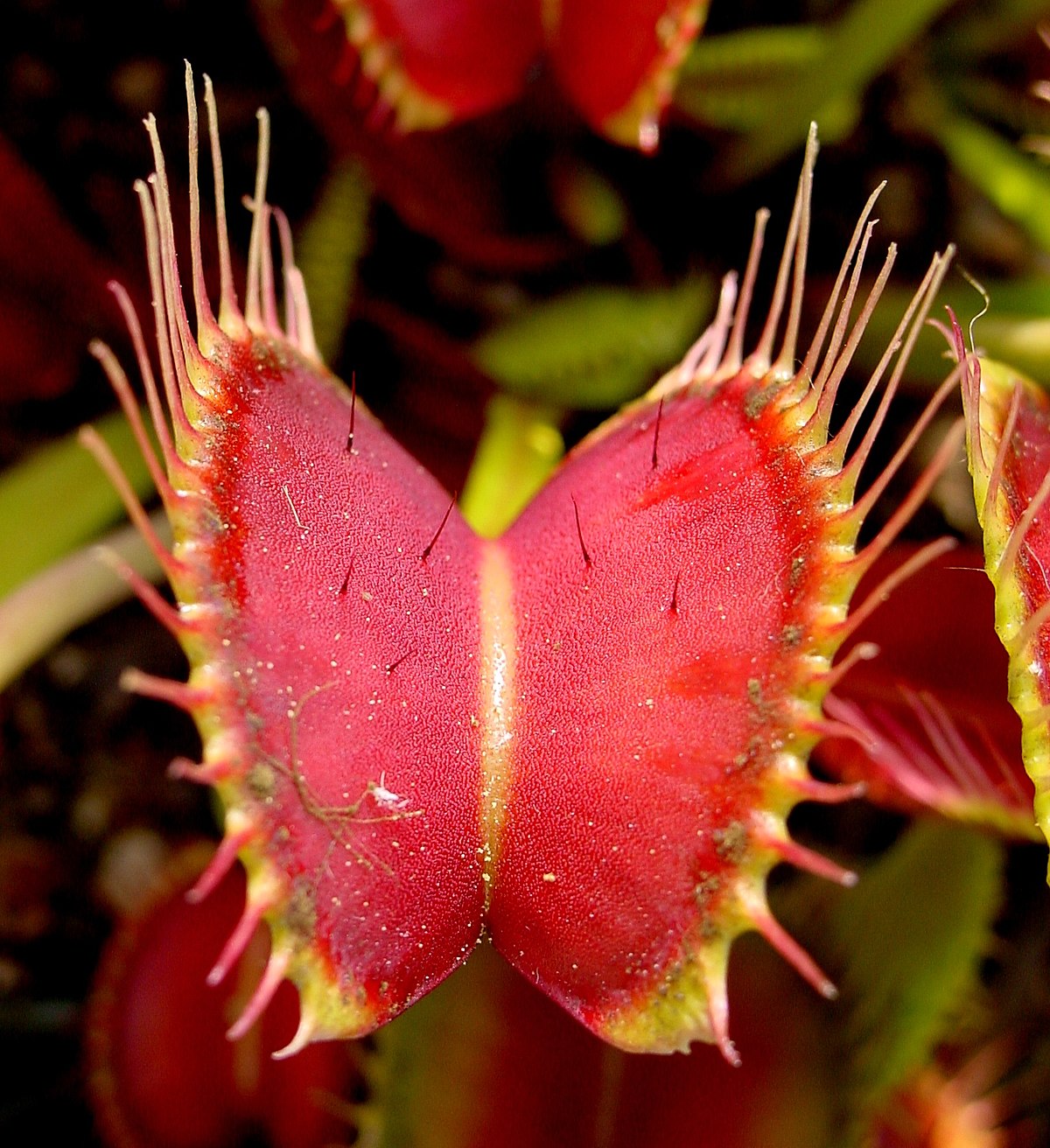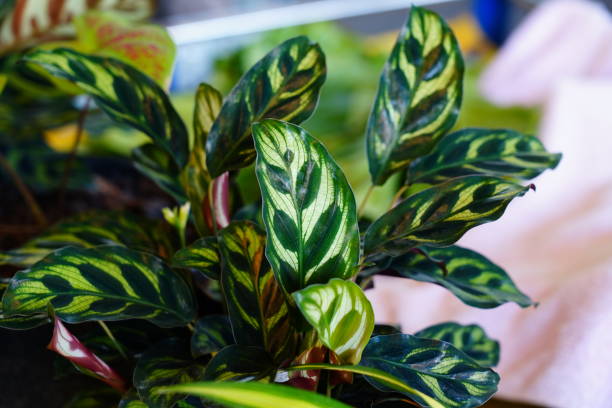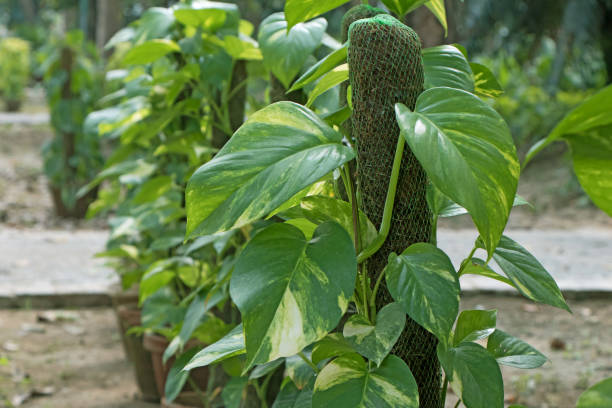How To Grow Venus Fly Trap: A Complete Guide

Venus fly trap is a carnivorous plant, and growing it can be fun, although it requires some care for proper growth. But with little effects, you can easily learn How to grow venus fly trap and add this fascinating beauty to your garden.
The Venus fly traps with their alien-like jaws and pinkish center look fascinating. Their way of catching their prey is also enticing and entertaining at the same time. The good thing about this plant is that you can easily grow it like an indoor plant. All it needs is a little care and some insects for diet. If you provide it with proper growing conditions, we assure you that it will soon be your favorite indoor plant.
In the article, we will tell you all about the venus fly trap care and answer all the equations which you might have on how to take care of a venus fly trap.
Where Do The Venus FlyTrap Grow?
The name of the venus fly traps flowers may give an inspiration that they are an alien plant from venus. But that’s not true and a kids version as they grow on our very own earth and not a planet away.
The Venus fly trap flowers (Dionaea Muscipula) are a variety of perennials that are native to the boggy regions of southern and northern Carolina. These venus fly trap flower plants grow in the acidic, moist soil of the area under the full sun.
The Venus fly trap flower plants are summer variants, and they need at least a temperature above 8-10 degrees for survival. Thus if you are a gardener who lives in cold regions but want to grow venus fly trap plant then go for portable potting options. This is essential as otherwise, in the cold, the venus fly trap plants will not grow. So it’s best you provide them with moist soil with the portable planters which you can shift indoors during cold.
How To Grow Venus Flytrap Plant?
These are some of the growing tips and venus fly trap facts that will help you grow this fascinating plant:
Soil
- Venus fly traps grow in acidic, poor, and damp soil. However, it also requires proper drainage.
- For best results, avoid planting this flycatcher plant in the regular market potting soil. You should instead go for a mix of ⅓ rd sand and ⅔ sphagnum peat’s moss.
- This type of soil mix provides this flycatcher plant with proper moisture retention and drainage.
- You should never add any kind of fertilizer and lime to the soil as they would hamper this plant’s growth.
Sunlight
- The plant likes bright sunlight for proper growth. However, prefers indirect sunlight for best results.
- It is specifically essential to avoid placing venus fly trap in the direct sunlight during summers. This is important as it may get too hot, and thus the leaves may turn crispy.
Artificial Light
- If you grow these plants inside, then you must keep them at least at a distance of four to seven inches from the fluorescent lights.
- If your plant doesn’t show pink on its interior or the leaves look spindly and long, then provide it with more light.
- If you provide it with enough sunlight, it can be the best indoor fly trap, which will leave everyone fascinated with its beauty and actions.
Some Other Tips for Venus Fly trap Care
- Keep the soil and environment humid, but don’t allow the plant to stand in water for a long time.
- Don’t give your fly trap the tap water as it can be too alkaline or full of minerals. Instead, use rainwater or distilled water for it.
- Providing good air circulation is also an essential thing when it comes to venus fly trap care. So if you are growing it indoors, switch on the fan.
These are some of the tips and tricks which are answers to the question of how to grow a venus fly trap. Moreover, these tips will also help you in better care of your fascinating little plant. We assure you that if you provide it the proper care, it can be one of the best indoor fly trap plants.
Feeding Venus Fly trap
Do the question; what do venus fly trap plants eat comes to your mind? Well, the answer is in the name of the plant – flies. However, there is a catch in it, and you might wonder how do venus fly trap works?
Well, the answer to it is simple, the flies you feed must be alive. This is essential as for closing off the trap, the flies must move around the venus flower trap. The movement of the flies triggers the trap and once captured, the plant digests the flies. The fly’s size must also be small so that the trap can close tightly and properly around it. This is essential to keep the bacteria out during the digestion process.
This is the answer to the question of how do the venus fly traps work. So when it comes to feeding your carnivorous beauty, remember these tips.
How To Make A Fly Trap Work In Closed Terrarium?
The ways of feeding the venus fly trap differ depending on the fact where you plant it. Unlike the outdoor plant, the indoor plants don’t require you to feed them manually. All you need to do is release some flies inside the terrarium. Eventually, the flies will be attracted to the traps and captured.
Need for feed is one of the venus fly trap facts which you must know for better care of this plant. However, the manual feeding routine also varies depending on the location of the plant.
Although the venus fly trap plants are carnivorous, they can go for a long period without eating insects. They can ideally go for a period of one or two months without insects. Thus if the plant is outdoor, you don’t need to feed them as they will get their food themselves. However, if the plants are indoors, you need to feed them dinner periodically.
What To Feed Venus Fly Traps?
The favorite diet for these plants is the flies. However, feeding flies can be tricky. So you can choose from the following options:
- Flies
- Spiders
- Caterpillars
- Bettles
You must remember that the insect you feed must not be larger than the ⅓ size of the trap. This is essential for the proper working of the trap and avoiding bacteria.
Winter Dormancy
Like numerous other varieties of plants, the Venus fly traps also require a period of winter dormancy. They appear like they are dead during this period, but actually, they are just hibernating or resting.
In this period of winter dormancy, you must keep the venus fly trap at a temperature of 35° to 50℉. Don’t allow the terrarium to freeze – the venus plant may die, and the glass may also break. When the winter is nearly over around the spring equinox starts to increase the light and warmth. This is to be done when the days start to grow longer.
Venus Flytrap Varieties
There are not too many varieties in the venus fly trap plants, but the breeders have been working. They have come up with some of the varieties like the “Akai Ryu.” these plants are red-burgundy in color and have large traps.
These are some of the tips for growing and venus fly trap care, which will help you keep this fascinating plant blooming and eating.
Final Words
Venus fly trap is without a doubt one of the most famous carnivorous plants. Carles darwin even described this fascinating plant as “one of the most wonderful in the world.”
The good thing about this plant is that you can grow it outdoors and indoors, sending on your preference. It also doesn’t require much care and is a good option if you want something different for your garden. Moreover, you can also grow this plant as a container plant; all you need to be careful of is that you provide it with proper drainage and ventilation.






